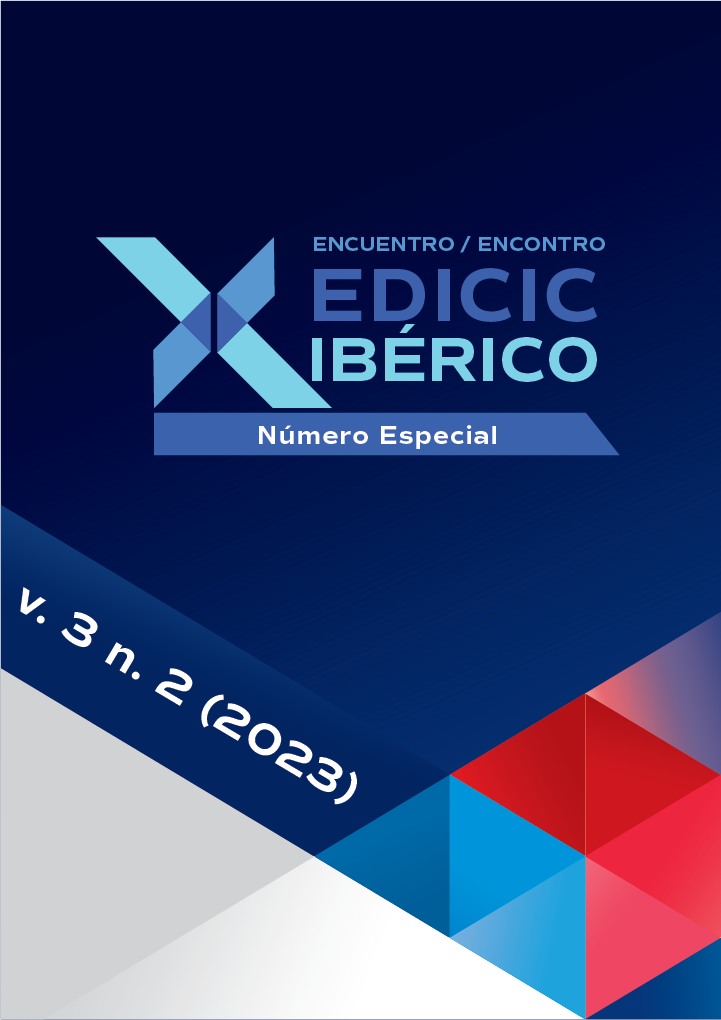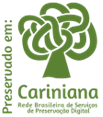The scientific publication of popular or emerging topics: the case of brazilian academic research on pole dance
DOI:
https://doi.org/10.62758/re.v3i2.227Keywords:
Pole Dance, Scientific Communication, Plataforma Lattes, Institutionalization of Research, Emerging ThemesAbstract
Pole dance is a physical activity that involves a combination of acrobatic movements, strength exercises, gymnastics, flexibility, and dance movements using a vertical stainless-steel pole. It is a bodily practice that is becoming increasingly present in different segments of society. However, scientific studies addressing this topic are still scarce and not widely disseminated. A simple search in databases such as Web of Science, Scientific Electronic Library Online, and Google Scholar reveals the limited production on the subject. The main objective of this work, therefore, was to critically map scientific publications on pole dance through research on the Lattes Platform. This aimed to identify the academic context in which pole dance is inserted and to pinpoint the academic areas that have scientific productions on pole dance. The purpose was to assess the scientific behavior of researchers on emerging and/or popular topics. In this way, it sought to showcase Brazilian institutions and authors that focus their studies on this theme. The research also delved into scientific communication, using as reference the theoretical assumptions of Lariviere, Meadows, Mueller, and Targino, addressing both formal and informal channels. The formal channel was the focus of the research, encompassing its structure and types, such as scientific journals, books and book chapters, theses and dissertations, monographs, and final course papers, as well as scientific event papers. The research also touched on the history of pole dance, exposing the disagreements surrounding its origin and not failing to highlight the prejudices faced by practitioners of the modality and the taboo surrounding the physical activity. Another approach was to explore the popularity of pole dance on the internet through the Google Trends tool, as well as using the number of posts made with the hashtag #poledance on the social media platform Instagram. This ultimately raised questions about the scarcity of scientific productions on the topic. This was exploratory-descriptive research, as its results facilitate a better understanding of the subject by describing its characteristics explicitly. It also presents the state of the art by employing a bibliometric approach in its methodological procedures. From the perspective of scientific productivity and elitism proposed by Derek de Solla Price, the authors, institutions, document types, areas, years, cities, states, and Brazilian regions that produced the most scientific publications on pole dance were analyzed and discussed. Additionally, it demonstrated whether the topic does or does not have co-authorship in its productions. It was concluded that Brazilian research exists, but it is still timid. It was possible to observe its qualitative and quantitative growth, thus demonstrating that this field is in the process of consolidation. Furthermore, it is apparent how emerging themes or social issues that are embraced by society undergo a slow process before they begin to be discussed within universities.
References
Conselho Nacional de Desenvolvimento Científico e Tecnológico - CNPq. (s.d.). Lattes – Histórico: história do surgimento da plataforma Lattes. In Histórico. Recuperado de http://memoria.cnpq.br/web/portal-lattes/historico
Conceição, G. S. (2022). Mapeamento da produção científica brasileira sobre pole dance (Trabalho de Conclusão de Curso de Graduação, Curso de Biblioteconomia e Documentação, Departamento de Ciência da Informação (GCI), Universidade Federal Fluminense).
Dudziak, E. (2021, agosto 16). O que é literatura cinzenta?. AGUIA Blog. https://www.aguia.usp.br/noticias/o-que-e-literatura-cinzenta/
Fonseca, J. J. S. (2002, março 30). Apostila de metodologia da pesquisa científica. https://blogdageografia.com/wp-content/uploads/2021/01/apostila_-_metodologia_da_pesquisa1.pdf
GARVEY, W. D. (1979). Communication: The Essence of Science; Facilitating Information among Librarians, Scientists, Engineers and Students. Oxford: Pergamon.
Griffith, B. C. (1989). Understanding science; studies of communication and information. Communication Research, 16(5), 600-614. DOI: https://doi.org/10.1177/009365089016005003
Gil, A. C. (1991). Como Elaborar Projetos de Pesquisa (3ª ed.). Atlas.
Greynet. (2023). Grey Literature Network Service. http://www.greynet.org/greynethome.html
Guedes, V. L. da S., & Borschiver, S. (2005). Bibliometria: uma ferramenta estatística para a gestão da informação e do conhecimento, em sistemas de informação, de comunicação e de avaliação científica e tecnológica. In Anais eletrônicos do 6º Encontro Nacional de Ciência
Guinchat, C., & Menou, M. (1994). Introdução Geral às Ciências e às Técnicas da Informação e da Documentação (2a ed.). IBICT.
Hall, D. (2018, julho). The Origin and History of Pole Dancing. Polepedia. https://polepedia.com/origin-history-pole-dancing/
Lane, J. (2010). Let’s Make Science Metrics More Scientific. Nature, 464(7288), 488-489. DOI: https://doi.org/10.1038/464488a
Larivière, V., Haustein, S., & Mongeon, P. (2015). The oligopoly of academic publishers in the digital era. Plos One, 10(6), e0127502. https://doi.org/10.1371/journal.pone.0127502 DOI: https://doi.org/10.1371/journal.pone.0127502
Larivière, V., Shu, F., & Sugimoto, C. (2020). The Coronavirus (COVID-19) outbreak highlights serious deficiencies in scholarly communication. LSE. https://blogs.lse.ac.uk/impactofsocialsciences/2020/03/05/the-coronavirus-covid-19-outbreak-highlights-serious-deficiencies-in-scholarly-communication/.
Meadows, A. J. (1999). A comunicação científica. Briquet de Lemos.
Mueller, S. P. M. (2012). Literatura científica, comunicação científica. In L. M. B. B. Toutain (Ed.), Para entender a ciência da informação (p. 125-144). UFBA.
Rodrigues, F. da S. F. (2021). Pedagogia do lacre: Uma proposta pedagógica do Pin Up Pole Studio para a prática do pole dance (Monografia de Bacharel em Educação Física). Universidade Federal do Rio de Janeiro.
Targino, M. G. (2000). Comunicação científica: uma revisão de seus elementos básicos. Informação & Sociedade: Estudos, 10(2), 37-85.
Velho, L. (2008). Ciência, tecnologia e sociedade e os paradigmas da política científica e tecnológica. UFSCAR.
Vessuri, H. M. C. (1987). The Social Study of Science in Latin America. Social Studies of Science, 17(3), 519-554. DOI: https://doi.org/10.1177/030631287017003006
Ziman, J. M. (1968). Public knowledge: An essay concerning the social dimension of Science. Cambridge University Press.
Downloads
Published
How to Cite
Issue
Section
License
Copyright (c) 2023 Revista EDICIC

This work is licensed under a Creative Commons Attribution 4.0 International License.
The Association holds the copyright of the texts it publishes and, therefore, adopts a Creative Commons License, CC BY 4.0 DEED Attribution 4.0 International (https://creativecommons.org/
You are free to:
- Share: copy and redistribute the material in any medium or format for any purpose, even commercially.
- Adapt: remix, transform, and build upon the material for any purpose, even commercially.






